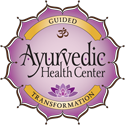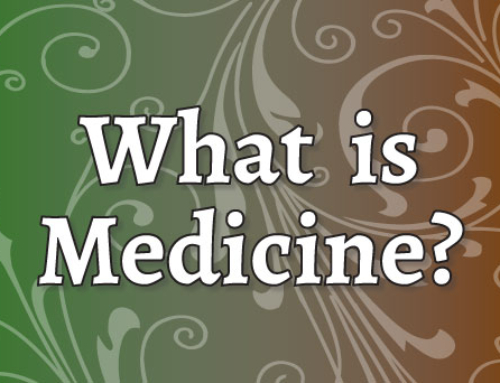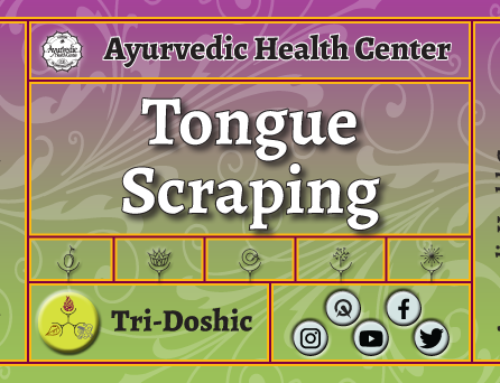Here are a couple of obscure self-care practices that you can add to your daily regimen if you want to step up your oral health game.
Peelu
A traditional alternative to the modern toothbrush, Peelu or Miswak has a long, well-documented history and is revered for its medicinal benefits. Peelu (aka Miswak) is a twig taken from the Salvadora persica tree; it is known as the “toothbrush tree.”
A Brief History of Tooth Cleaning Tools
Tools used to “brush” teeth date to 3500–3000 BCE in Babylonia and Egypt and included chewed twigs and sticks. The Chinese also chewed aromatic tree sticks to freshen the breath, beginning approximately 1600 BCE. According to archeological finds, other favored tools used to clean teeth have included: animal and fish bones, bird feathers, and porcupine quills.
Beginning in the fifteenth century AD the Chinese developed brushes made with the bristly hair found at pigs’ necks; these bristles were fastened to bamboo or bone handles. Europeans adapted this practice but favored the use of softer horse hair.
It wasn’t until the early 1900’s when nylon was invented that the toothbrush as we know it today came into being and replaced its predecessor.
Peelu/Miswak contains many natural nutrients and minerals, all of which naturally strengthen, clean, and protect tooth enamel:
- fluorine
- silicon
- vitamin C
- salvadorine
- trimethylamine
- potassium
- sodium
- chloride
- sodium bicarbonate
- calcium oxides
Benefits of Using Peelu/Miswak
Research shows that regular use of Peelu/Miswak significantly reduces plaque, gingivitis, and growth of the bacteria that contributes to the formation of cavities. It contains natural mild abrasives for whiter teeth, reducing stains from tobacco products, coffee, and teas. It freshens breath. Additionally, Peelu/Miswak:
- kills the bacteria that cause gum disease
- effectively fights plaque
- helps reduce tooth decay
- removes bad breath and odor from mouth
- effectively cleans between teeth due to its parallel bristles
- increases salivation and thus reduces dry mouth
Scientific Studies of Peelu/Miswak
The World Health Organization (WHO) recommended the use of the Miswak in 1986.
A 2003 scientific study comparing the use of Miswak with ordinary toothbrushes concluded that the results clearly were in favor of the users who had been using the Miswak, provided they had been given proper instruction on how to use it.
Dr. Rami Mohammed Diabi spent more than 17 years researching the beneficial effects of Miswak, including its anti-addiction effects on smokers (both curative and preventive sides).
How to Properly Use Peelu/Miswak
Remove the twig from the package and slice about a ¼ inch of the bark off of one end of the stick. Chew on the exposed end until the twig forms bristles. Brush as usual, making sure to address the gums in addition to the teeth. No toothpaste is required. Every few uses (when the bristles look like an old broom) cut off the exposed bristles, peel off another ¼ inch of bark, and start anew. You may allow the Peelu/Miswak to dry out between uses, or you can keep it in a small amount of water to keep the “bristles” soft; just be sure to change the water daily. Discard the Peelu/Miswak twig when it becomes too short to hold onto.
Floss Oil
Floss oil is a little simpler than Peelu. It is simply a mixture of sesame seed oil and essential oils that support good oral and gum health.
Sesame oil is very high calcium content. Calcium supports good bone health (think = jaw bones and teeth) and soft tissue health (think = gums), so this is a good base oil to use.
Essential oils that support good oral health include:
- tea tree
- peppermint
- myrrh
- cinnamon
I put 20-30 drops (total) of essential oils into a small dropper bottle, then top off with the sesame oil. Watch the video to see how I use this oil with my dental floss to get this formula in between my teeth and gums.





